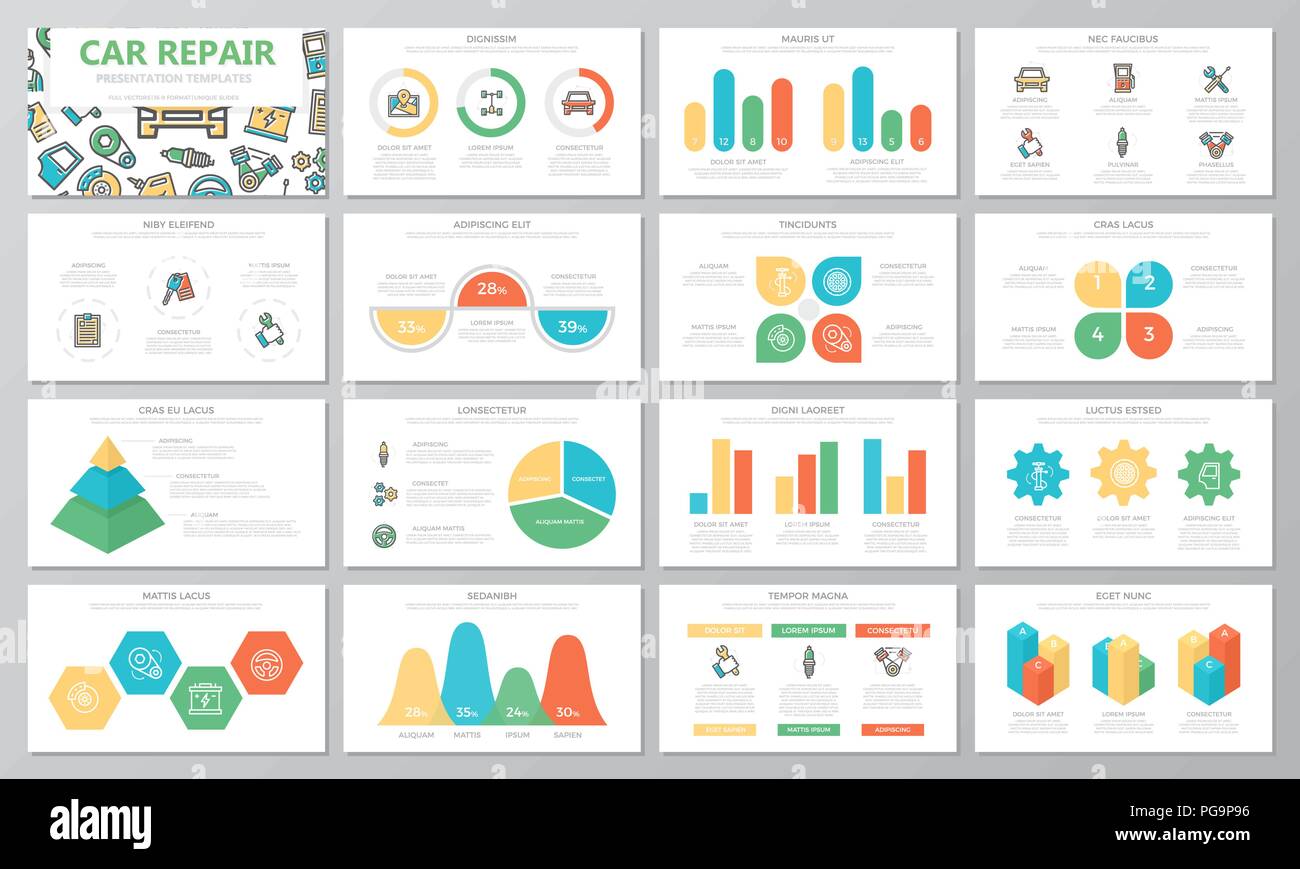Deciphering The Most Common Warning Lights On Your Dashboard And Their Analyses
Deciphering The Most Common Warning Lights On Your Dashboard And Their Analyses
Blog Article
Authored By-Astrup Mark
When you lag the wheel, those control panel caution lights can be a real enigma. Yet did you understand that decoding them can conserve you from possible auto difficulties later on? From the threatening check engine light to the refined oil pressure caution and the ever-important battery light, each one serves as a vital signal from your automobile. It's time to shed light on these usual dashboard cautions and outfit on your own with the knowledge to navigate the road in advance.
Recognizing the Inspect Engine Light
When your control panel brightens with the check engine light, it is essential not to panic yet to take immediate activity. The check engine light acts as a caution that your vehicle's onboard diagnostic system has found a possible problem with the engine, discharges, or other important parts. Overlooking this light can cause much more serious troubles in the future, so it's necessary to resolve it quickly.
To comprehend the resource of the problem triggering the check engine light, you can use an OBD-II scanner to recover the certain trouble codes saved in your automobile's computer system. These codes give useful info that can assist determine the underlying problem.
While some problems triggering the check engine light might be small, such as a loosened gas cap, others can show much more significant issues that need expert focus.
Translating the Oil Pressure Caution
Upon experiencing the oil stress alerting light on your control panel, instant attention is vital. This caution shows that the oil pressure in your engine may be also low, which can result in major engine damages if not resolved without delay. Low oil stress can be caused by a variety of problems such as a leak, a damaged oil pump, or low oil levels. Neglecting this cautioning light might lead to pricey repairs or even engine failing.
If you see the oil pressure warning light come on, the very first step is to securely pull over to the side of the roadway and shut off your engine. Inspect the oil degree using the dipstick and guarantee it's at the recommended level.
If the oil level is reduced, top it up with the suitable oil for your car. If the oil degree suffices, do not continue driving and look for assistance from a technician to detect and take care of the issue without delay. Remember, preserving appropriate oil stress is crucial for the health and wellness and long life of your engine.
Analyzing the Battery Light
To decipher the relevance of the battery light on your control panel, you must recognize its important role in your automobile's electric system. When the battery light illuminates while you're driving, it suggests that the electric system isn't obtaining adequate power from the battery.
This could be because of a falling short battery, a malfunctioning alternator, or concerns with the billing system. Disregarding https://www.consumerreports.org/car-repair-shops/where-to-go-for-car-maintenance-and-repairs/ could result in your automobile delaying or being not able to start.
If the battery light comes on, it's advised to safely pull over and have your vehicle inspected by an auto mechanic as soon as possible. They can execute diagnostics to determine the underlying issue and avoid a possible break down.
Conclusion
Since you understand just how to determine one of the most usual warning lights on your control panel and what they mean, you can resolve any possible problems promptly. Remember, the check engine light, oil stress warning, and battery light are all important signs of your vehicle's health and wellness. Remain notified, stay safe, and maintain your cars and truck running efficiently by taking notice of these indication.
